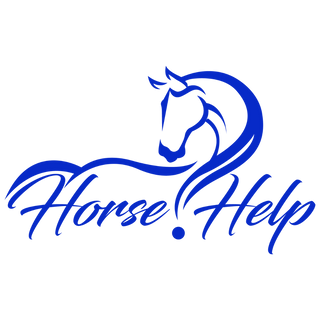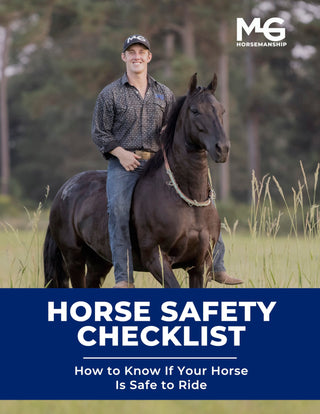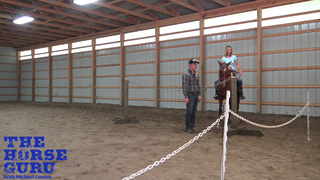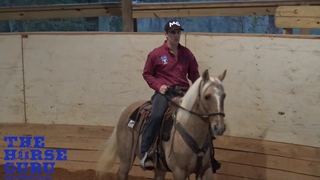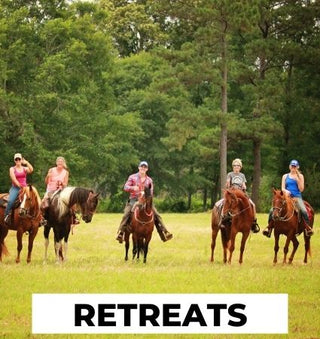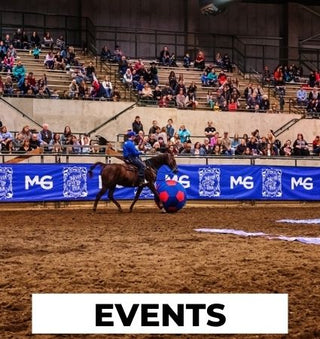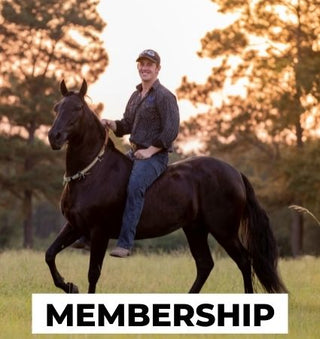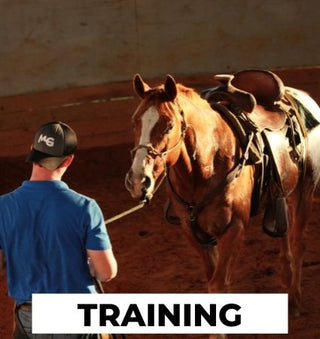Watch the Video Here or continue reading below!
If you're training a riding horse to drive and wondering what comes next after ponying, you're in the right place. In this installment of Intro to Driving Part 5, we follow Michael Gascon as he demonstrates how to safely and confidently transition a green horse—like Mango, a 17-year-old Paso Fino—from groundwork to cart driving.
Whether you're working solo or with a partner, this step-by-step driving tutorial covers critical safety checks, equipment handling, first drives, and troubleshooting tips. Let’s dive into this essential part of teaching a riding horse to drive.
Setting Up for Solo Hook-Up
Before starting, it's crucial to have your horse tied securely to a solid fence or post. This allows you to safely rig your driving equipment without needing assistance.
-
Why tie your horse? It ensures the horse stays in place while you harness and hook up the cart.
-
Solo strategy: Have your driving lines in hand before untying the horse. This keeps you in control throughout the transition.
Hook-Up Order Matters
Michael emphasizes the importance of hooking up the tugs first and unhooking them last.
Why This Matters:
If quarter straps (which act as brakes) are hooked before the tugs, and your horse moves unexpectedly, the shafts could slip out of the loops and drag dangerously behind the horse. That’s a recipe for a flipped cart and a frightened horse.
Pro Tip: Always check your breaching strap—it should sit snugly, about a hand's width from the widest part of the horse’s butt. A secure breaching ensures the cart brakes stay functional.
Avoiding Airway Interference
Proper harness placement is critical for comfort and performance, especially for gaited horses like Mango. Make sure:
-
The breast collar is not pressing on the horse’s windpipe.
-
You can slide your hand easily between the collar and the neck.
-
The driving lines are free of interference from other straps or hardware.
Starting the Drive: Pony Support & First Movements
Even though Mango has been ponied before, he still benefits from a human guide for the first few drives. Here’s what to look for:
-
First Forward Step: Horses often react during their first move or first turn. Mango handles both smoothly—an encouraging sign of readiness.
-
Use blinders wisely: Mango wears blinders, so he can’t see Robert walking alongside. This helps focus the horse while still offering a safety net.
Big Loops, No Panic
Once in an open field, it’s time to let the horse stretch out. This space allows the horse to feel the weight of the cart with minimal resistance.
-
Don't panic if they speed up. Forward is your friend.
-
Avoid over-correcting. If the horse gets fast, apply rhythmic pressure ("touch, touch, touch") with the reins and release when they slow down.
Key Differences: Riding Horses vs. Driving Horses
Driving a riding horse like Mango requires a different approach than driving traditional cart horses or draft breeds.
-
Riding horses are trained to give to pressure. Now, they must learn to lean into it and pull.
-
The transition requires confidence building and positive forward motion, not restriction.
Teaching Turns and Stops
A good driving horse must be able to:
-
Step forward into the cart without jerking or rushing.
-
Turn both directions, even if the shafts touch their shoulders or hindquarters.
Pro Tip: It’s normal for a green driving horse to speed up slightly in turns. Stay relaxed and guide them through using steady pressure.
Returning and Unhooking Safely
After a successful session, return to the arena and tie the horse back to the fence before unhooking the cart.
-
Always maintain rein contact. Don’t give the horse “belly” in the lines where they can surge forward.
-
Pro Tip: Never remove the blinders before the cart is unhooked. Horses can spook if they suddenly see the cart behind them.
Final Thoughts: Safety First, Progress Fast
With just five or six sessions under his belt, Mango is confidently pulling a cart and responding like a pro. The key to success lies in:
-
Structured steps
-
Positive reinforcement
-
Forward-thinking cues
-
And most importantly, safety-first practices
This method, as Michael Gascon demonstrates, is not only safe but also efficient for transitioning riding horses into driving horses.
